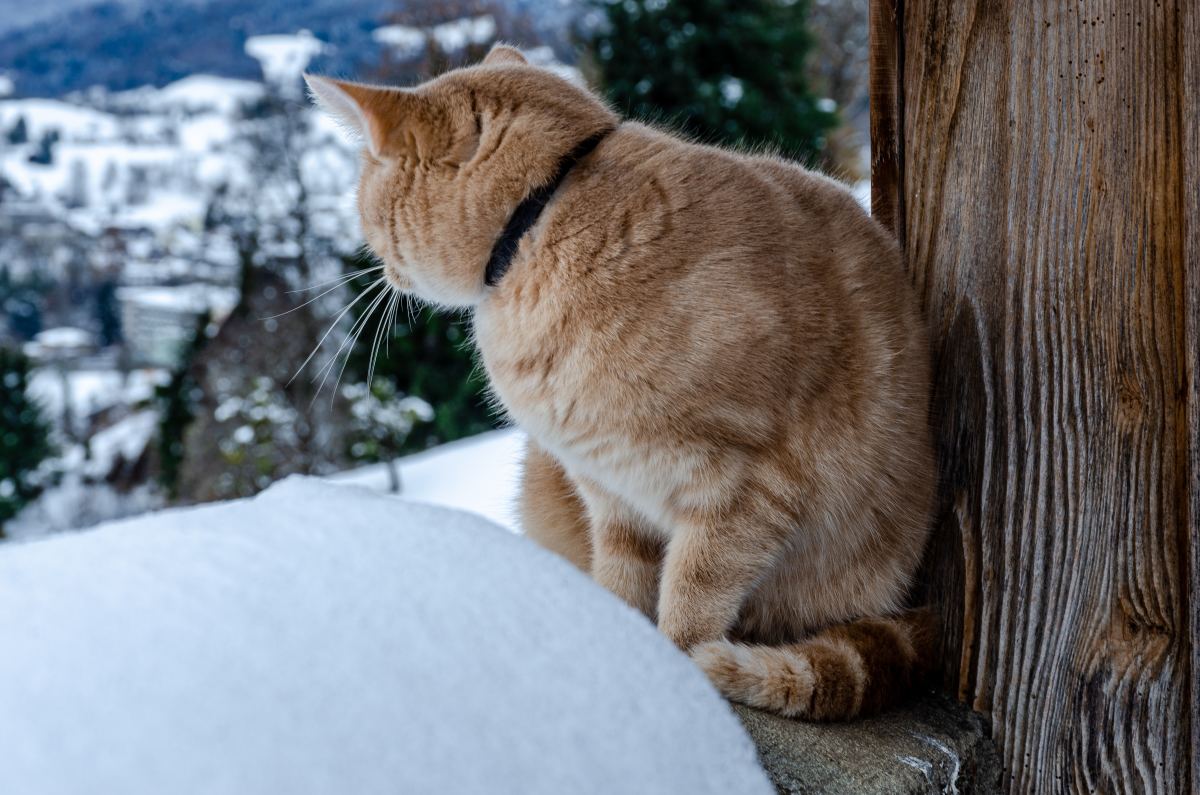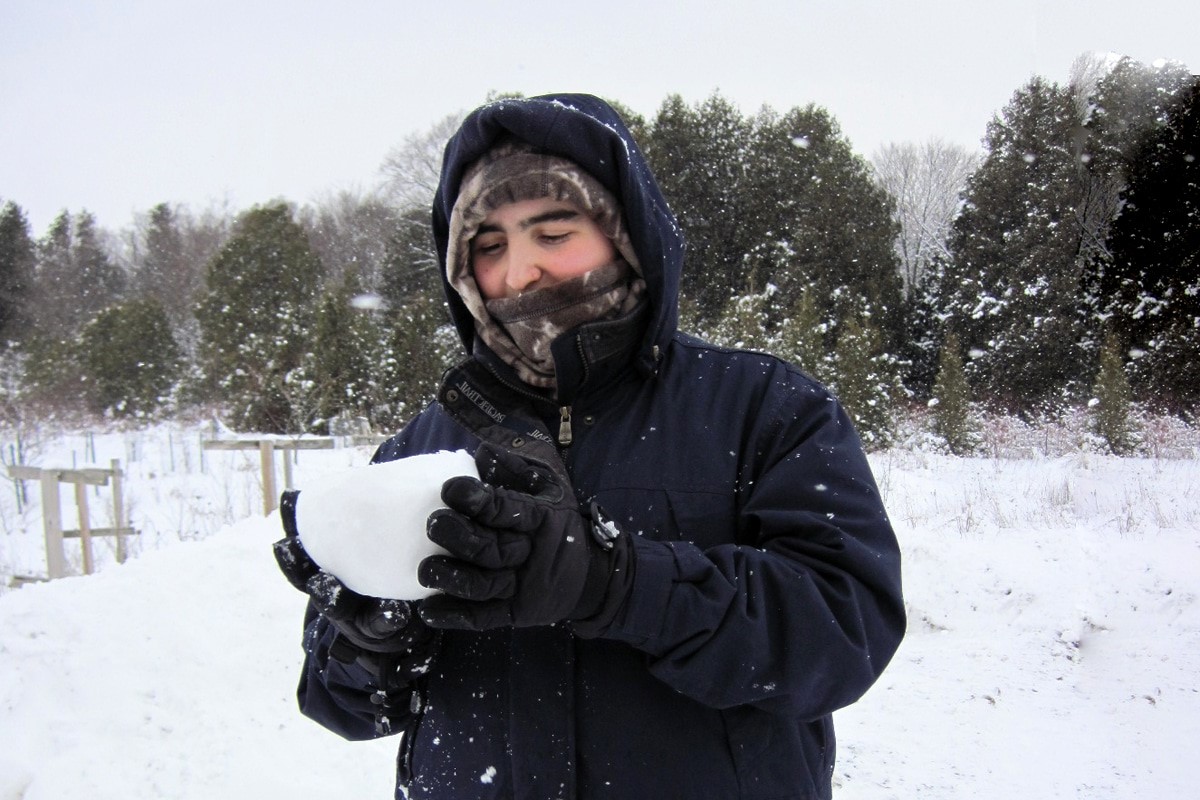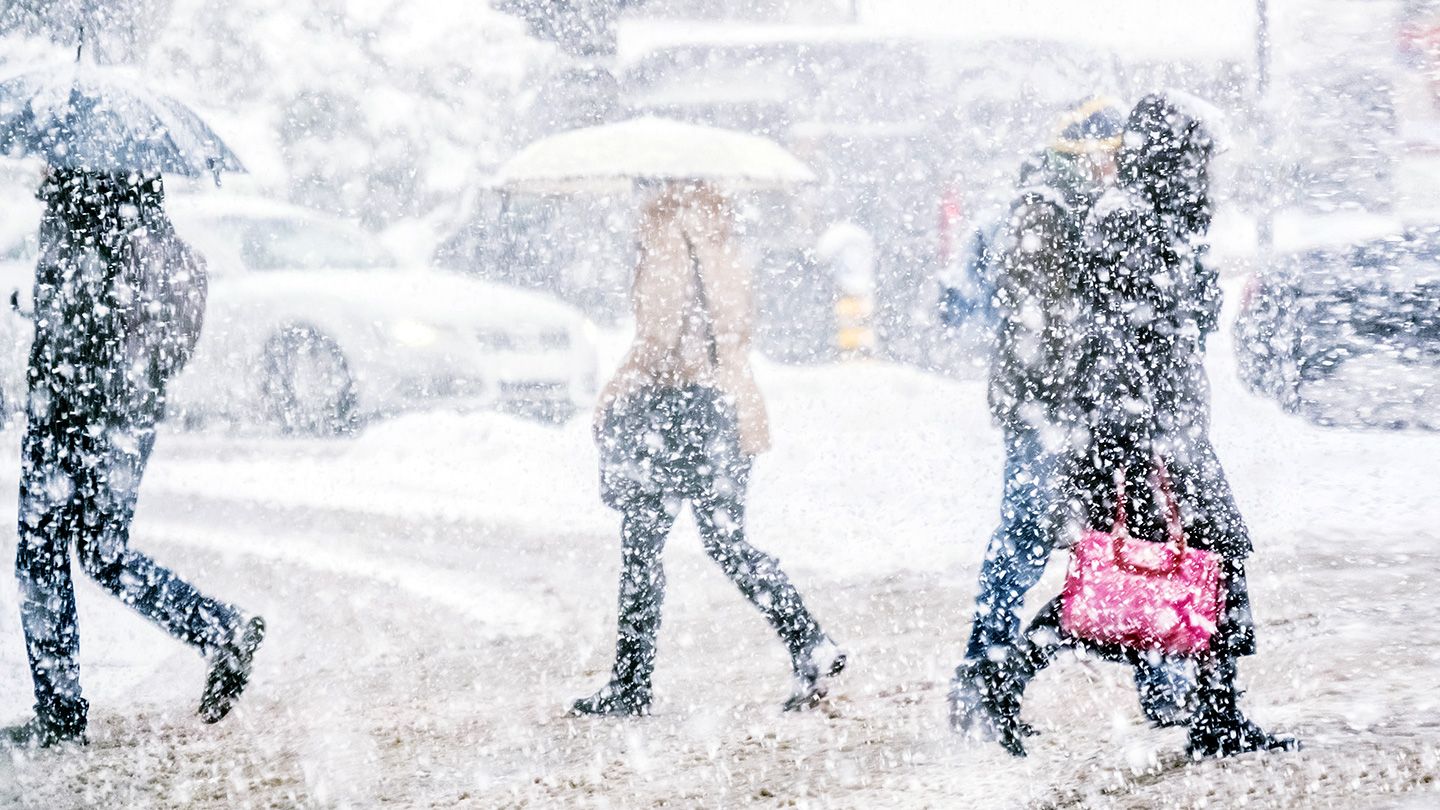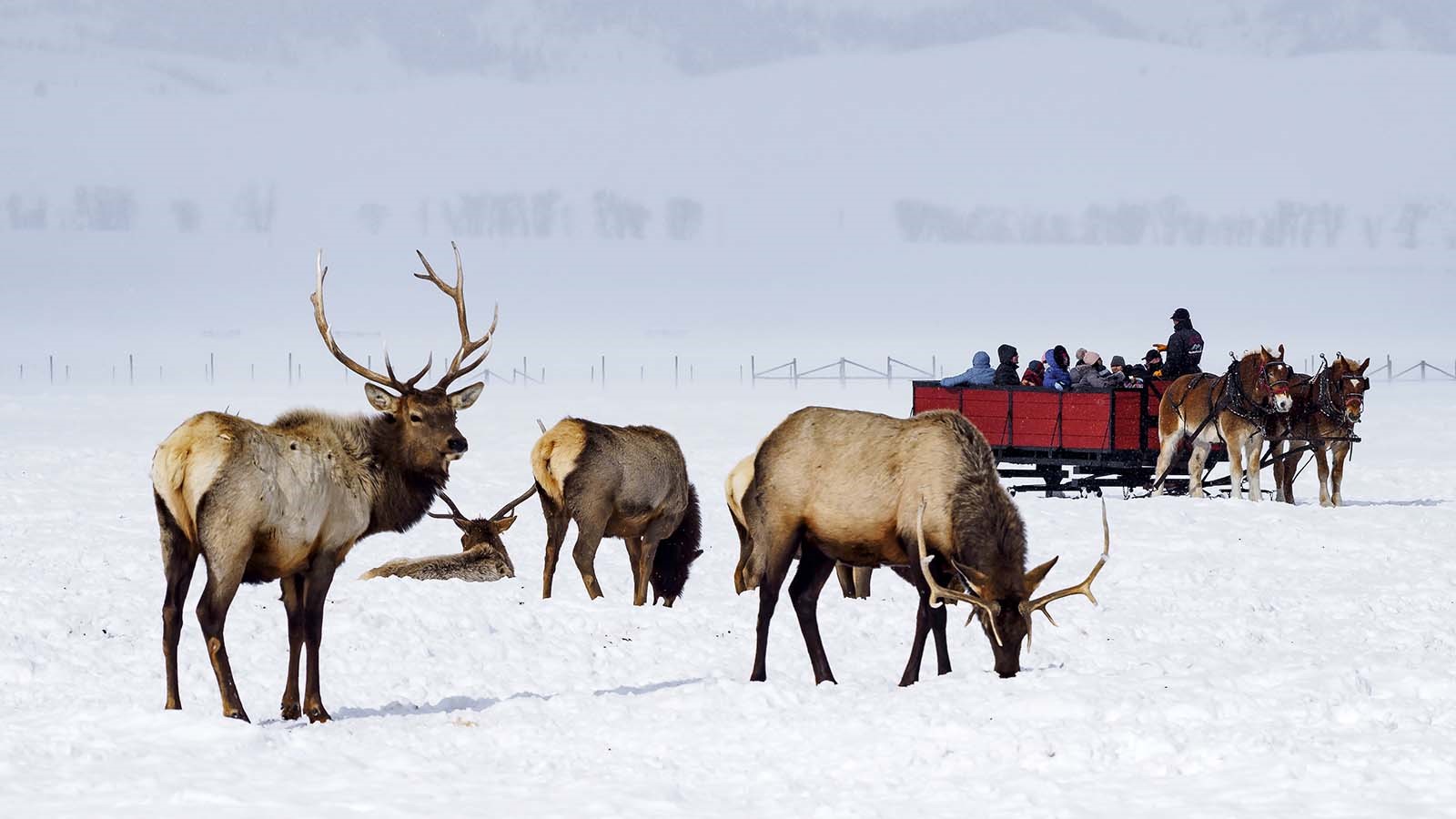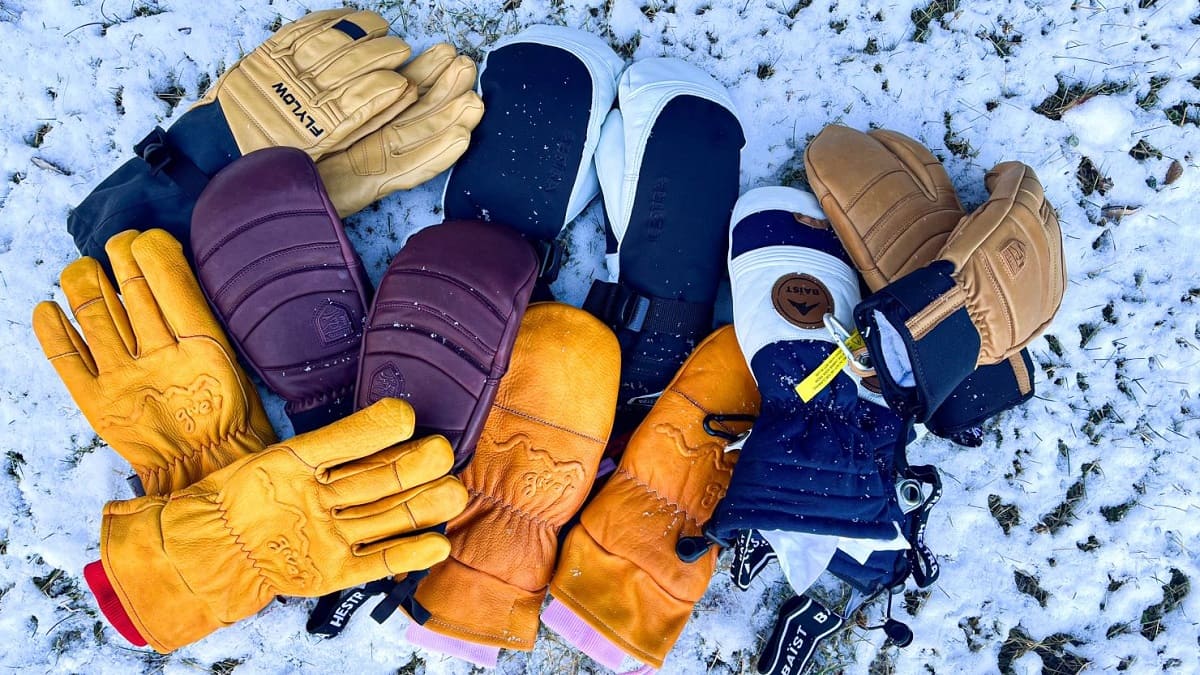Home>Health & Nutrition>The Survival Time Of Cats In Cold Weather


Health & Nutrition
The Survival Time Of Cats In Cold Weather
Published: March 4, 2024
Learn how to ensure the health and nutrition of your cat during cold weather. Discover tips to help your feline friend survive and thrive in the winter months.
(Many of the links in this article redirect to a specific reviewed product. Your purchase of these products through affiliate links helps to generate commission for Temperatures.com, at no extra cost. Learn more)
Table of Contents
Understanding the Effects of Cold Weather on Cats
Cats are known for their resilience and independence, but when it comes to cold weather, they are not immune to its effects. Understanding how cold weather impacts cats is crucial for ensuring their well-being during the winter months.
-
Hypothermia Risk: Cats are susceptible to hypothermia when exposed to cold temperatures for prolonged periods. Their fur provides some insulation, but it's not always sufficient to protect them from extreme cold. Kittens, senior cats, and those with certain health conditions are particularly vulnerable to hypothermia.
-
Frostbite: Just like humans, cats can suffer from frostbite in extremely cold conditions. Their ears, paws, and tail are especially prone to frostbite. It's important to keep an eye on these areas for any signs of frostbite, such as discoloration or swelling.
-
Reduced Activity: Cold weather can lead to a decrease in a cat's physical activity. They may prefer to stay indoors or find warm spots to curl up in. This reduced activity can impact their overall health and may contribute to weight gain if not managed properly.
-
Respiratory Issues: Cold air can exacerbate respiratory issues in cats, especially those with pre-existing conditions such as asthma. It's essential to monitor their breathing and seek veterinary care if any concerning symptoms arise.
-
Dehydration: While it may seem counterintuitive, cats can become dehydrated in cold weather. Dry indoor air and a decreased thirst response due to the cold can contribute to dehydration. Providing access to fresh water and monitoring their water intake is crucial.
Understanding these effects of cold weather on cats is the first step in ensuring their well-being during the winter months. By being aware of the risks and taking proactive measures, cat owners can help their feline companions stay safe and comfortable in chilly conditions.
Read more: Survival Of Bed Bugs In Cold Temperatures
Tips for Keeping Cats Safe in Cold Weather
As the temperature drops, it's essential for cat owners to take proactive measures to ensure their feline companions remain safe and comfortable during the cold weather. Here are some valuable tips to help protect cats from the chilling effects of winter:
-
Limit Outdoor Exposure: Minimize the time your cat spends outdoors during cold weather. While some cats may enjoy outdoor adventures, prolonged exposure to low temperatures can pose significant risks. Encourage indoor activities and play to keep them active and engaged while staying warm.
-
Create a Cozy Indoor Environment: Ensure that your home provides a warm and comfortable refuge for your cat. Set up cozy spots near heaters or sunny windows where they can bask in the warmth. Providing soft blankets or pet beds in these areas can offer additional comfort and insulation.
-
Check for Outdoor Hazards: If your cat does venture outdoors, inspect the surrounding area for potential hazards. Antifreeze, often found in puddles or leaking from vehicles, is highly toxic to cats. Additionally, salt and ice-melting chemicals can irritate their paws. Wipe your cat's paws with a damp cloth after outdoor excursions to remove any harmful substances.
-
Monitor Food and Water: Ensure that your cat has access to fresh water at all times. In cold weather, water sources may freeze, so regularly check and replace the water to prevent dehydration. Additionally, consider slightly increasing your cat's food intake to provide extra energy to stay warm.
-
Grooming and Paw Care: Regular grooming is essential to maintain your cat's coat during winter. A well-groomed coat provides better insulation. Pay attention to their paws, as ice and snow can accumulate between the paw pads, causing discomfort. Keep their paws clean and trim the fur between the pads to prevent ice buildup.
-
Provide Adequate Shelter: For outdoor cats, ensure they have access to a well-insulated shelter. This shelter should be elevated, waterproof, and equipped with warm bedding to protect them from the cold. Position the shelter away from prevailing winds and ensure it is easily accessible for your cat.
-
Consult a Veterinarian: If you have concerns about your cat's ability to tolerate cold weather, seek advice from a veterinarian. They can provide tailored recommendations based on your cat's age, health, and specific needs.
By implementing these tips, cat owners can effectively safeguard their feline companions from the challenges posed by cold weather. Prioritizing their comfort and well-being during winter ensures that cats can thrive in a safe and nurturing environment.
Signs of Hypothermia in Cats
Hypothermia, a potentially life-threatening condition, can affect cats when their body temperature drops below normal levels. Recognizing the signs of hypothermia is crucial for prompt intervention and ensuring the well-being of feline companions during cold weather. The following are common indicators of hypothermia in cats:
-
Shivering and Trembling: When a cat is experiencing hypothermia, they may exhibit uncontrollable shivering and trembling as their body attempts to generate heat. This physical response is a clear indication of the body's struggle to maintain a stable internal temperature.
-
Cold Ears and Extremities: A cat's ears, paws, and tail are susceptible to becoming cold to the touch in low temperatures. These areas may feel unusually cold or appear pale, signaling potential hypothermia.
-
Lethargy and Weakness: Hypothermic cats often display lethargy and weakness, appearing unusually subdued or unresponsive. Their reduced energy levels are a result of the body redirecting resources to vital organs in an effort to preserve heat.
-
Decreased Heart Rate and Breathing: As hypothermia sets in, a cat's heart rate and breathing may slow down. These physiological changes are the body's adaptive responses to conserve energy and minimize heat loss.
-
Pale Gums and Mucous Membranes: Checking a cat's gums and mucous membranes can provide insights into their circulatory health. In cases of hypothermia, these areas may appear pale or bluish, indicating compromised blood flow and oxygenation.
-
Stumbling and Lack of Coordination: Hypothermic cats may exhibit signs of disorientation, stumbling, or a lack of coordination in their movements. These motor impairments stem from the body's struggle to maintain normal neurological function in cold conditions.
-
Hiding or Seeking Warmth: Cats experiencing hypothermia may seek out warm spots or attempt to hide in secluded areas. Their instinctual behavior reflects their need to find warmth and protection from the cold.
Recognizing these signs of hypothermia in cats is pivotal for taking swift action to address the condition. If any of these symptoms are observed, it is essential to gently warm the cat using blankets or warm water bottles and seek immediate veterinary attention. By remaining vigilant and responsive to these indicators, cat owners can effectively safeguard their feline companions from the dangers of hypothermia during cold weather.
How to Provide Shelter for Outdoor Cats in Winter
When it comes to outdoor cats, providing adequate shelter during the winter months is paramount to ensuring their safety and well-being. Constructing or setting up a suitable shelter can offer crucial protection from the harsh elements, allowing outdoor cats to seek refuge from cold temperatures and inclement weather. Here are essential guidelines for creating effective shelters for outdoor cats in winter:
Insulation and Weatherproofing
The shelter should be well-insulated to retain heat and shield the cat from freezing temperatures. Utilize materials such as styrofoam, blankets, or straw to line the interior of the shelter, providing a cozy and warm environment. Additionally, ensure that the shelter is weatherproof, with a waterproof roof to prevent rain or snow from seeping in.
Elevated and Enclosed Structure
Elevating the shelter slightly above the ground helps to prevent moisture from accumulating inside. This can be achieved by placing the shelter on bricks or pallets. The structure should also be enclosed, with a small entrance to minimize drafts while maintaining a snug interior. The entrance should be positioned away from prevailing winds to further shield the interior from cold air.
Size and Ventilation
The shelter should be appropriately sized to accommodate the cat comfortably while retaining heat efficiently. However, it should not be excessively large, as a smaller space is easier to keep warm. Adequate ventilation is crucial to prevent condensation and maintain air quality within the shelter. This can be achieved by incorporating a small ventilation hole near the roof, ensuring proper airflow without compromising warmth.
Bedding and Warmth Sources
Providing soft bedding, such as blankets or straw, offers insulation and a comfortable resting area for the cat. Additionally, placing a microwavable heating pad or a heated pet mat inside the shelter can provide supplemental warmth. It's important to regularly check and replace the bedding to ensure cleanliness and optimal insulation.
Regular Maintenance and Monitoring
Inspect the shelter regularly to ensure it remains in good condition and free from damage. Replace any worn or damp insulation materials promptly. Monitor the shelter for signs of occupancy and ensure that the cat is utilizing it as intended. This allows for adjustments to be made if necessary to enhance its effectiveness.
By following these guidelines and investing effort into creating a well-designed shelter, cat owners can significantly improve the comfort and safety of outdoor cats during the challenging winter season. Providing a warm and secure refuge enables outdoor cats to better withstand the cold weather, promoting their overall well-being and resilience in the face of winter's adversities.
Read more: The Optimal Temperature Range For Cats
Importance of Monitoring Cats in Cold Weather
Monitoring cats in cold weather is of paramount importance to ensure their well-being and safety throughout the winter season. As temperatures drop and inclement weather sets in, vigilant observation and proactive care measures are essential to safeguard cats from the potential risks posed by chilly conditions.
Regular monitoring allows cat owners to stay attuned to their feline companions' behavior, physical well-being, and overall comfort levels in response to cold weather. By closely observing cats during this time, owners can promptly identify any signs of distress, discomfort, or health issues that may arise due to the cold environment.
Furthermore, monitoring cats in cold weather enables early detection of potential health concerns such as hypothermia, frostbite, or respiratory issues. Cats, especially those with pre-existing health conditions or advanced age, are more susceptible to the adverse effects of cold weather. By closely monitoring their behavior and physical condition, owners can intervene promptly if any concerning symptoms manifest, thereby preventing the escalation of health issues.
In addition to health-related concerns, monitoring cats in cold weather also encompasses ensuring their access to adequate shelter, warmth, and essential resources. Regular checks on their living environment, including indoor and outdoor spaces, allow owners to verify that their cats have comfortable and warm areas to rest, sufficient access to fresh water, and appropriate nutrition to support their energy needs during the colder months.
Moreover, monitoring cats in cold weather extends to assessing their outdoor activities and exposure to potential hazards. Outdoor cats may encounter risks such as exposure to toxic substances, harsh environmental conditions, or encounters with wildlife. By closely monitoring their outdoor excursions and inspecting the surrounding areas for potential dangers, owners can mitigate these risks and take necessary precautions to keep their cats safe.
By emphasizing the importance of monitoring cats in cold weather, cat owners can proactively address the unique challenges that winter brings, ensuring that their feline companions remain healthy, comfortable, and protected. Through attentive observation and responsive care, owners can create a supportive environment that promotes their cats' resilience and well-being, allowing them to thrive even in the face of cold weather adversities.
